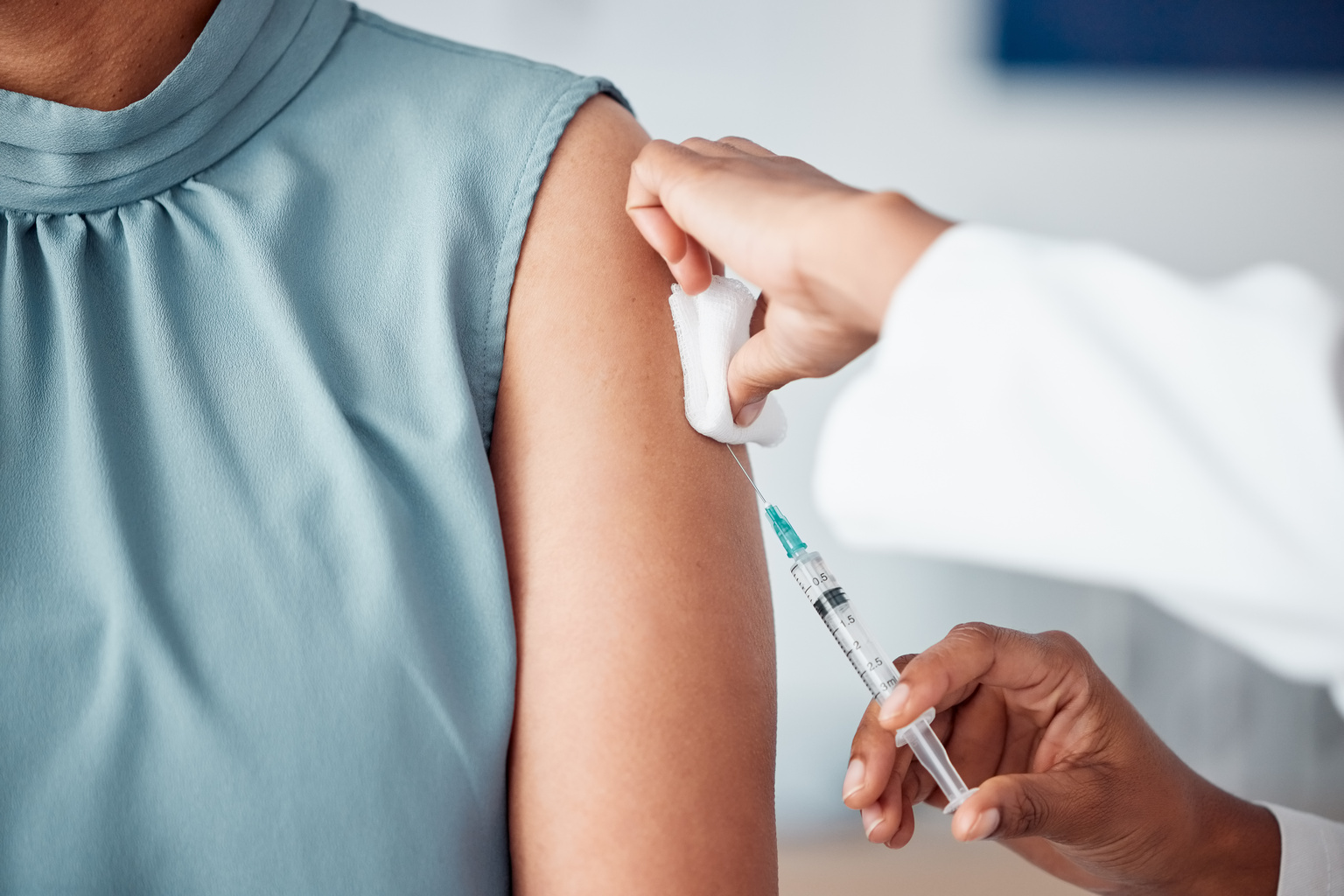The HPV vaccine has accumulated significant wins in reducing rates of cancer mortality. Clinical leaders are perfectly positioned to keep the momentum.
Human papillomavirus (HPV) is one of the most common viruses that can cause cancer, and has been linked to malignancy in more than six areas of the human body. Twelve HPV strains associated with cancers in both men and women include throat, anal, penile, cervical, vaginal, and vulvar cancer, according to the World Health Organization.
The HPV vaccine has been outstandingly effective in preventing cervical cancer and improving patients’ lives—and there are still significant gains on the horizon for administrative and clinical leaders who understand the dynamics of the disease and vaccine.
Victories in cancer prevention—The benefits of HPV vaccination
In 2019, HPV caused an estimated 620,000 cancer cases in women and 70,000 cancer cases in men. HPV is believed to be responsible for the following percentages of cancers in these body parts:- Cervix: 91%
- Anus: 91%
- Vagina: 75%
- Oropharynx: 70%
- Vulva: 69%
- Penis: 63%
The most common type of cancer caused by HPV, cervical cancer, was a leading cause of death among women in the US. Wider use of Pap tests, HPV screening, and the HPV vaccine have helped decrease the rate of HPV infections and genital warts by over 80%. Among women between 20 and 24 years (the first patients to receive the vaccine after its introduction in 2006) cervical cancer rates dropped 65% between 2012 and 2019.
With the support of administrative and clinical leaders, even more progress in prevention of HPV-related cancers is possible through education, screening, and vaccination.




